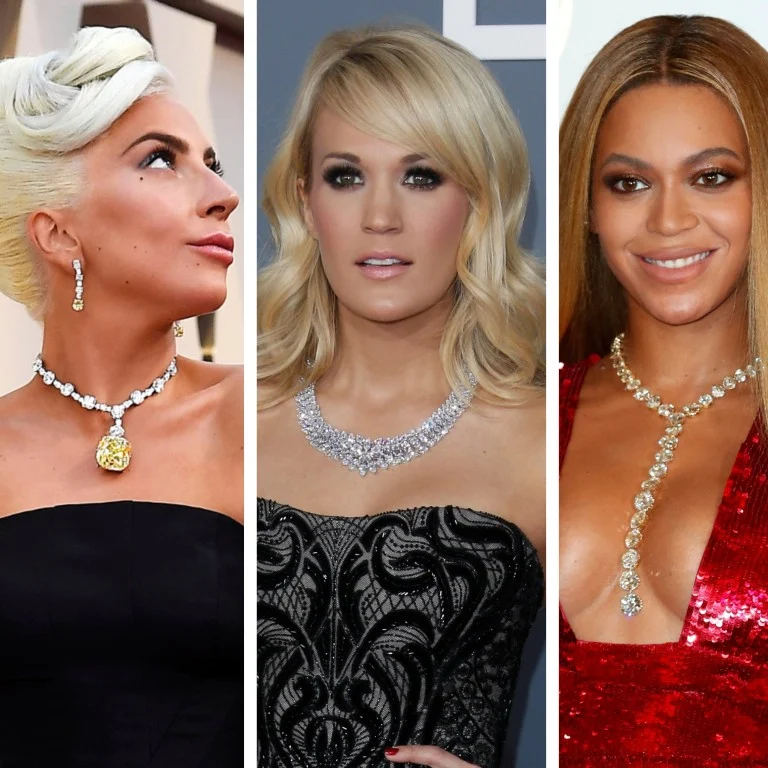Throughout history, the discovery of exceptionally large diamonds has captivated humanity, sparked international intrigue, and shaped the destinies of empires. These magnificent gems, formed deep within the Earth over millions of years, represent not just extraordinary natural phenomena but also symbols of power, wealth, and prestige that have passed through the hands of royalty, merchants, and collectors across centuries.
The Cullinan Diamond: The Ultimate Giant
Standing as the undisputed champion of diamond size is the legendary Cullinan Diamond. Discovered at the Premier No.2 mine in Cullinan, South Africa, on 26 January 1905, the Cullinan Diamond is the largest gem-quality rough diamond ever found, weighing 3,106 carats (621.20 g). Named after Thomas Cullinan, the owner of the mine, this colossal gem was nearly flawless and represented a find of unprecedented proportions.
The discovery created such a sensation that Transvaal’s Premier Louis Botha arranged for its purchase by the government for around $1 million and gifted it to King Edward VII as thanks for granting Transvaal a constitution. The massive stone was then sent to the House of Asscher in Amsterdam, where it was carefully studied and eventually cut into multiple smaller diamonds, creating some of the world’s most famous gems that now form part of the British Crown Jewels.
The sheer size of the original Cullinan was so extraordinary that more than half a century ago the diamond was insured for $200 million, and some experts estimate its current price could be well over $500 million. This valuation reflects not only its historical significance but also its unparalleled size in the world of diamonds.
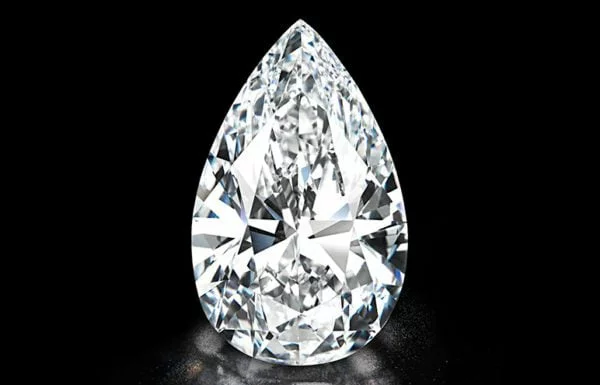
The Golden Jubilee Diamond: The Largest Faceted Diamond
While the Cullinan holds the record for the largest rough diamond, the Golden Jubilee Diamond claims the title of the world’s largest faceted diamond. Weighing approximately 545.67 carats, this magnificent brown diamond took several years to cut and polish before being presented to the King of Thailand.
The Golden Jubilee Diamond was discovered in 1985 at the Premier Mine, which is also the origin of the Cullinan diamond (1905) and other notables such as the Taylor–Burton (1966) and the Centenary (1986). It outweighs the Cullinan I by 15.37 carats (3.07 g), making it the largest cut diamond in existence.
Originally known as the “Unnamed Brown,” the diamond was presented to King Bhumibol Adulyadej of Thailand in honor of his 50th coronation anniversary. He changed its name from “Unnamed Brown” to “The Golden Jubilee Diamond.” Initially, plans were made to mount the massive diamond in the King’s royal scepter, though its ultimate setting became a matter of great ceremonial importance.
The Koh-i-Noor: Mountain of Light
Perhaps no diamond carries more historical weight and controversy than the Koh-i-Noor. The name, Persian for ‘Mountain of Light,’ perfectly captures the mystique surrounding this legendary gem. Currently weighing 105.6 carats (21.12 g), the Koh-i-Noor is one of the largest cut diamonds in the world and is currently set in the Crown of Queen Elizabeth The Queen Mother.
The diamond’s exact origins are unknown, but it is believed to have originated in the Kollur Mine in the Golconda region of India. When first discovered in 1304, the oval-shaped cut stone weighed 186 carats and is believed to have been set in the famous peacock throne of Shah Jehan. The diamond’s journey through history reads like an epic tale of conquest and empire, passing through the hands of Mughal emperors, Persian shahs, Afghan rulers, and Sikh maharajas before ultimately becoming part of the British Crown Jewels.
The Koh-i-Noor’s legacy extends far beyond its physical beauty. It has been known by this name since the 18th century and was originally mined in South India. The gem represents centuries of colonial history and continues to be a subject of international debate regarding its rightful ownership.
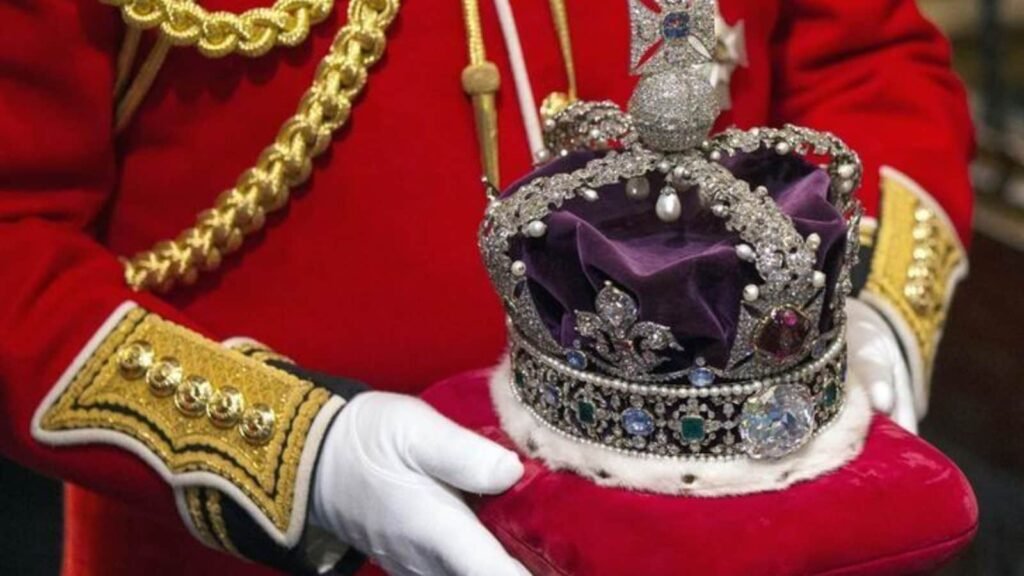
The Hope Diamond: The Blue Marvel
Among the world’s most famous large diamonds is the Hope Diamond, a 45.52-carat blue diamond that holds the distinction of being the largest blue diamond ever discovered to date. The Hope Diamond has an illustrious history and tales abound regarding the ill fortune that befell its owners, earning it a reputation as one of the most cursed gems in history.
The documented history of the Hope Diamond traces back to the 17th century when it was called the “Tavernier Blue” because it was brought back from India by Jean Baptiste Tavernier in 1668 during his sixth voyage. King Louis XV, in 1749, had the stone reset by court jeweler Andre Jacquemin, in a piece of ceremonial jewelry for the Order of the Golden Fleece (Toison D’Or).
The diamond’s turbulent history continued through the French Revolution. In 1791, after an attempt by Louis XVI and Marie Antoinette to flee France, the jewels of the French Royal Treasury were turned over to the government. During a week-long looting of the crown jewels in September of 1792, the French Blue diamond was stolen. The Hope Diamond is believed to be a recut version of this stolen French Blue.
Today, the Hope is set as a pendant with 16 white diamonds (pear and cushion cuts) surrounding it, and a chain of 45 white diamonds. It currently resides in the Smithsonian National Museum of Natural History, where it continues to fascinate millions of visitors annually.
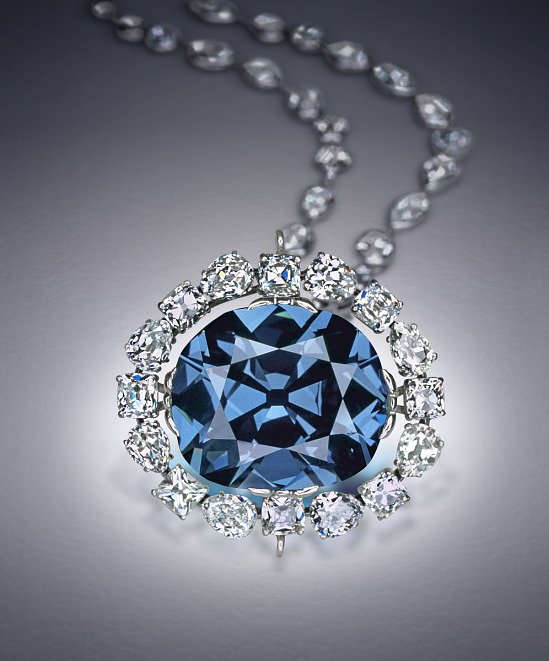
The Great Mogul Diamond: India’s Lost Giant
Historical records speak of another massive diamond that may have rivaled even the largest gems known today. The Great Mogul diamond was the largest diamond ever found in India, discovered as a 787-carat rough stone in the Golconda mines in 1650. The massive stone was subsequently cut by the Venetian lapidary Hortentio Borgis.
The French jewel trader Jean-Baptiste Tavernier described it in 1665 as a high-crowned gem, but the diamond’s ultimate fate remains one of gemology’s great mysteries. Some experts believe it may have been recut into other famous diamonds, including possibly the Koh-i-Noor itself, though this theory remains hotly debated among historians and gemologists.
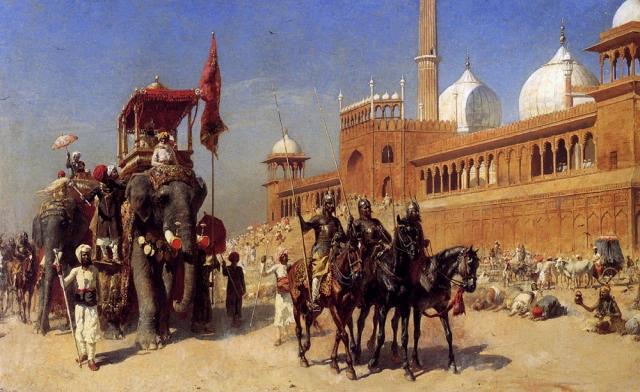
The Regent Diamond: French Elegance
Another historically significant large diamond is the Regent Diamond, weighing 140.50 carats in its brilliant cushion cut. This diamond has played important roles in French history and was displayed alongside the Hope Diamond during special exhibitions at the Louvre Museum. The Regent represents the pinnacle of 18th-century diamond cutting and continues to be celebrated for its exceptional clarity and brilliance.
Mining Origins and Geographic Distribution
The world’s largest diamonds have emerged from specific geological regions known for producing exceptional gems. South Africa’s Premier Mine has been particularly prolific, yielding not only the Cullinan Diamond but also the Golden Jubilee and several other notable large diamonds. This mine’s unique geological conditions have created some of the most significant diamond discoveries in history.
India’s historic Golconda mines produced many of the world’s most famous early diamonds, including the Koh-i-Noor and the Great Mogul. These alluvial deposits were worked for centuries and yielded gems of exceptional quality and size that became the stuff of legend.
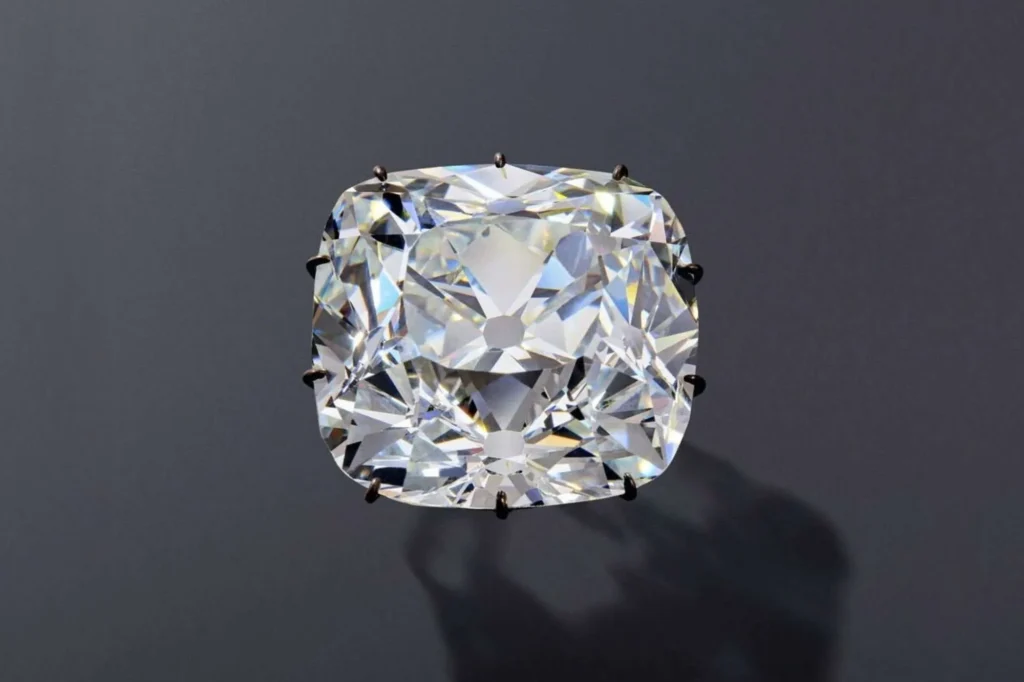
Modern Valuation and Significance
The economic value of the world’s largest diamonds extends far beyond their physical properties. These gems represent not only objects of desire but also solid investments that retain and often appreciate value over time, making them wise choices for those looking to safeguard wealth while indulging in luxury. Moreover, they are often passed down through generations, becoming cherished family heirlooms that carry with them a legacy of splendor and elegance.
The insurance values of these diamonds reflect their irreplaceable nature. With estimates reaching hundreds of millions of dollars for individual stones, they represent some of the most valuable portable objects on Earth. Their worth is determined not just by size and quality but also by their historical provenance and cultural significance.
Cultural Impact and Legacy
The world’s biggest diamonds have influenced art, literature, politics, and international relations throughout history. They have been the subjects of novels, films, and documentaries, capturing the public imagination with their beauty and the dramatic stories surrounding their discovery and ownership.
These diamonds have also played significant roles in diplomatic relations, serving as gifts between nations, symbols of alliance, and unfortunately, sources of conflict. The colonial history associated with many of these gems continues to influence contemporary discussions about cultural heritage and rightful ownership.
The world’s biggest diamonds represent far more than impressive statistics and monetary values. They are tangible links to our planet’s geological history, witnesses to human civilization’s development, and symbols of the eternal human fascination with beauty and rarity. From the massive rough Cullinan to the brilliantly cut Golden Jubilee, from the historically significant Koh-i-Noor to the mysteriously cursed Hope Diamond, these gems continue to captivate and inspire.
As new discoveries continue to emerge from mines around the world, the legacy of these legendary diamonds serves as a reminder of the Earth’s capacity to create objects of extraordinary beauty and the human drive to seek, possess, and celebrate such natural wonders. Whether displayed in museums, set in crown jewels, or held in private collections, the world’s biggest diamonds remain among humanity’s most treasured possessions, embodying centuries of history, craftsmanship, and wonder in their crystalline forms.


